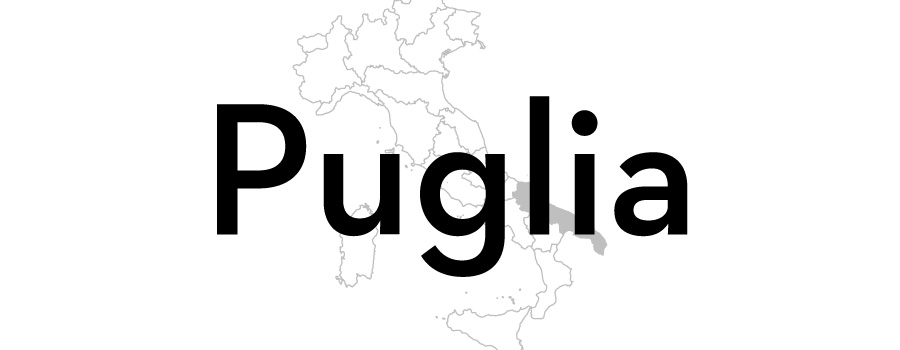
Burrata: Puglia's finest cheese
Luciana Squadrilli introduces us to burrata, the richer, more unctuous version of mozzarella cheese, and shows us how to serve it in true Puglian fashion.
View more from this series:
Italy's regional cuisinePeople living in Puglia – the southern Italian region set right at the heel of the boot – are very lucky. They have a wonderful land surrounded by an almost tropical ocean, with plenty of sun-soaked ingredients such as intense extra virgin olive oil and delicious tomatoes. But, best of all, they have been eating burrata pretty much daily for almost a century. In the rest of the world and in many other Italian regions, this lavish fresh cheese only became available over the last few years, getting more and more popular and showing up in trendy restaurants as a staple ingredient for pizzas and fine dining dishes.
Its birth, though, is pretty recent: some date it back to the 1920s, others claim it was ‘invented’ in 1956 in a farm near Andria – a small town in the Bari province, still today considered the heart of the burrata production – by Lorenzo Bianchino Chieppa, a farmer and cheesemaker who was not able to go and sell the cream he had made with his cows' milk due to a blizzard. He had the idea to create a sort of thin ‘pouch’ out of stretched cheese (similar to mozzarella) as a shell to hold and preserve the cream and some shredded pieces called stracciatella (little rags), probably left-over from the mozzarella making. Today, this is the most longed-for part of burrata, also used to add creaminess to risotto and other recipes, and it is frequently sold on its own, too.
Burrata is traditionally wrapped with tiny grass stems or larger asphodel leaves as a sign of freshness – if the leaves were still green then people know the cheese is freshly made.The thing that makes the cheese so appealing is cutting the small bulging ‘head’ where the pouch has been sealed, which lets the irresistible filling ooze out with all its delicious fresh milk aromas and buttery flavour.
Nowadays the leaves and stems are often replaced by raffia or wrapping paper and the cheese is usually made in a smaller size (between 100 and 500 grams) so it can be eaten as fresh as possible (within 24 hours of being created is ideal). Yet its heavenly taste can still be enjoyed weeks later, which makes it easier to transport away from its birthplace, increasing its popularity worldwide.
Pizza with burrata and Parma ham – a delicious ‘North meets South’ combination – is now one of the bestselling toppings all over Italy and probably the most iconic symbol of the latest gourmet pizza trend.Famous chefs use it as an ingredient to add extra richness to their risotto or pasta dishes, and it also goes very well with raw or marinated fish such as mackerel or prawns.
But if you ask a native Puglian how he or she usually enjoys burrata, the answer will be much more simple. ‘To us, burrata is a daily food,’ says Elisabetta De Blasi, a Bari-based journalist and food expert. It’s something we eat in the simplest possible way, as a starter along with some tomatoes or salami or maybe on a basic pizza dough. Sometimes I read recipes using it to season pasta like the traditional Bari dish orecchiette e cime di rapa, but nobody born and raised in Puglia would ever do it.’
You don't need to do much with burrata to make everyone happy and enjoy all of its taste and texture.Just serve it with a slice of good bread, ripe or semi-dried tomatoes, maybe olives or some tasty vegetables such as aubergines, courgettes or peppers. Some also like to add extra virgin olive oil, but honestly I think it is already unctuous enough. Despite this, many people find it lighter and fresher than buffalo mozzarella and relish it as the perfect summer meal, maybe served with all of the above in a huge platter to share. Under the Puglian sun, if possible.



